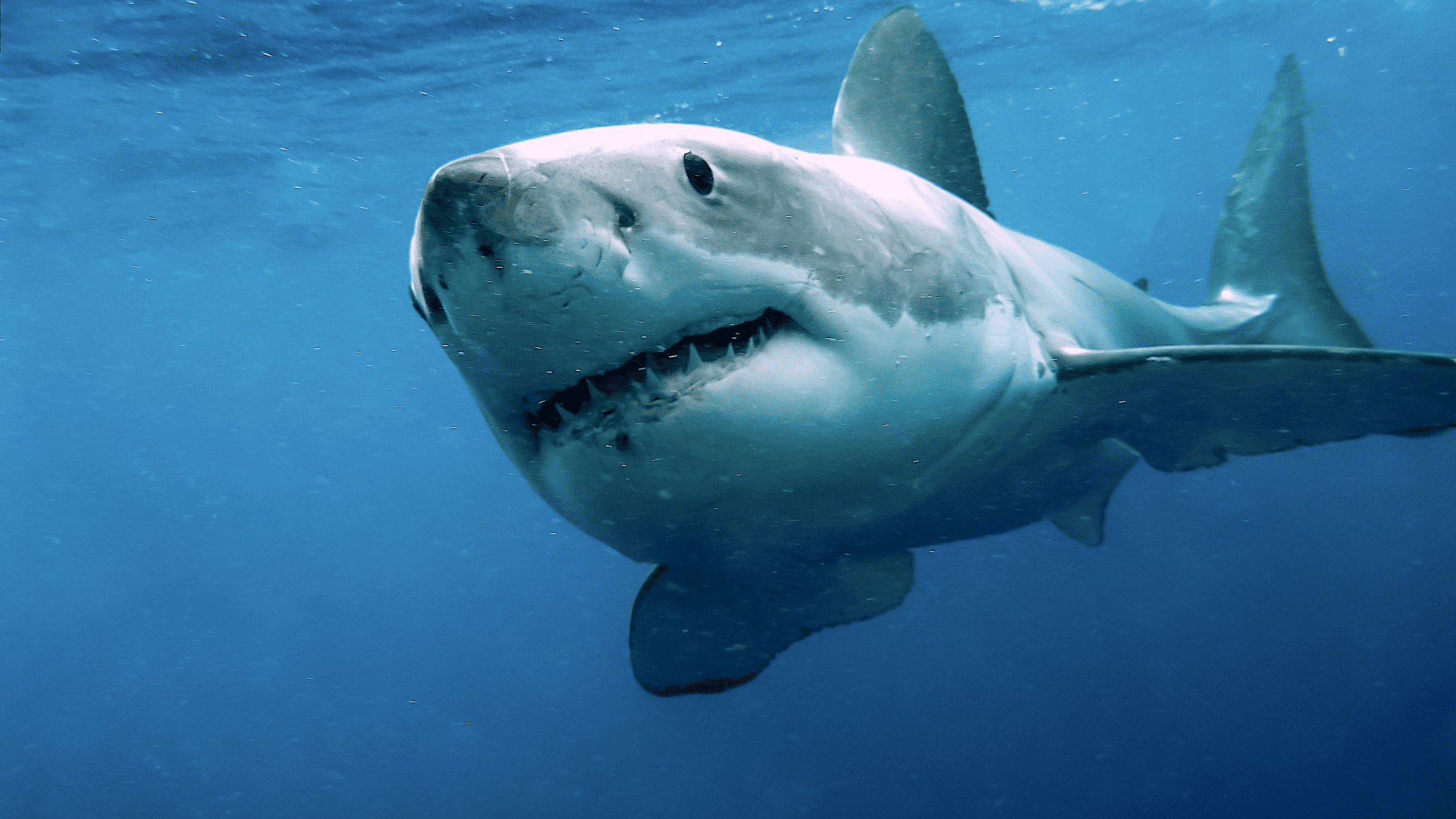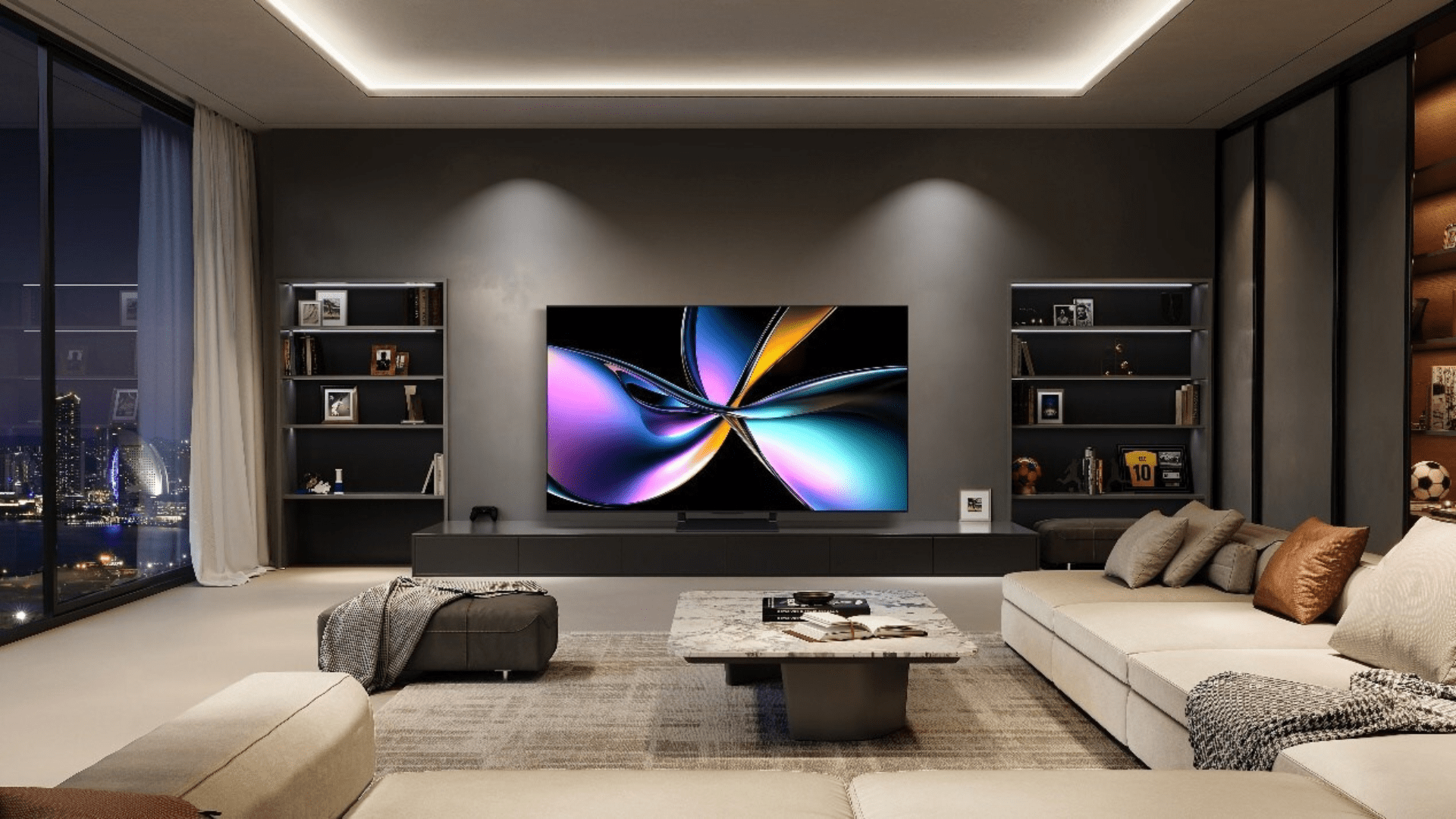Australian scientists are studying how to deter sharks from attacking surfers and swimmers. They believe they have their answer in the form of LED lights.
Detering Sharks

Scientists say that fixing LED lights on the bottom of surfboards could protect surfers from deadly shark attacks. The reason why sharks are attracted to surfers is because of the shape that the creatures likely see on the ocean surface. When a surfer is lying down on their board, with their legs and hands dangling off the edges, it looks like a seal. Of course, sharks and seals are far from friends.
The researchers conducted a study in Mossel Bay, South Africa. During the study, the researchers towed seal-shaped boards behind them. Each board was configured with different light fixtures to see what attracted the most attention.
According to the researchers, the lights distorted the silhouette of the boards on the surface, which limited the great white sharks’ ability to see against sunlight. Not only could this be a non-invasive way to deter sharks, but it could also be a relatively cost-effective way. Other methods, like drones or nets, are harmful to sharks or expensive. For example, SharkEye drones detect sharks in a non-invasive way, but they could be pricey. In addition, an average surfer doesn’t have access to the equipment; it’s more so for law enforcement or lifeguards.
Great White Attacks

Lead researcher Laura Ryan said that great whites are responsible for most human shark bite fatalities. As mentioned previously, the sharks mistake the silhouettes for seals because they are thought to be colorblind. The researchers say it’s also important to see if the lights deter other species of sharks, such as bull or tiger sharks. These are two species also known to attack humans.
According to the researchers from Macquarie University in New South Wales, most shark attacks happen to swimmers participating in board sports. Statistics show that in 2023, there were 69 unprovoked shark bites; 10 ended up fatal. Most were in the U.S., Australia, and South Africa.
The researchers’ study involved testing three different intensities of LED lights. Ryan said that the brightest horizontal-aligned lights were less likely to be targeted. Ryan and her team said, “Our results reveal the importance of a dark silhouette against a lighter background in predatory behavior in great white sharks and that altering the silhouette may form the basis of new non-invasive shark deterrent technology to protect human life.”
Interestingly, the researchers added that the great whites were less attracted to the most visible lights because other studies have shown that they were drawn to bright, reflective objects.
The team is currently working on prototype lighting strips that can go beneath a surfboard or similar boards.







